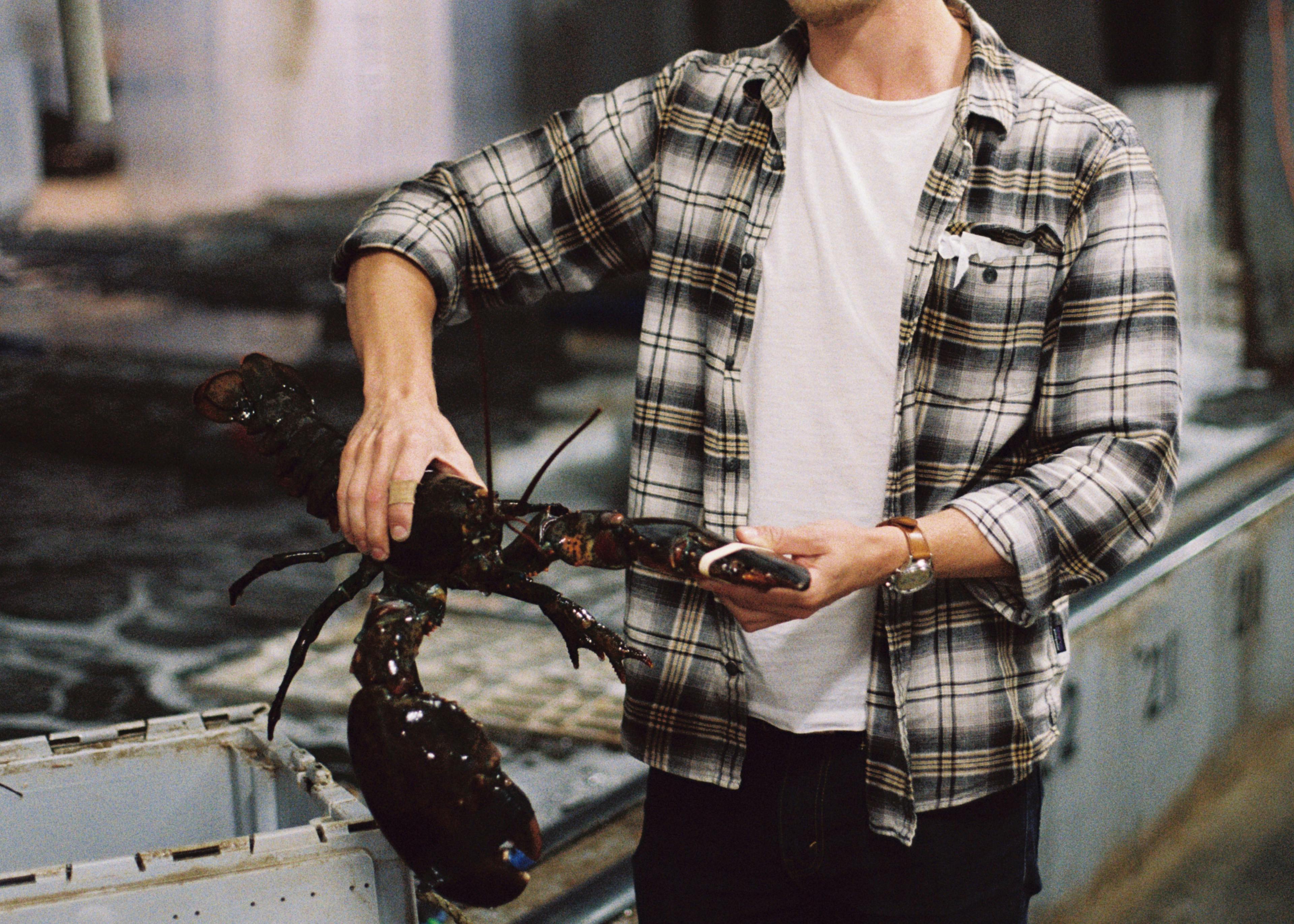
Indigenous Rights Don't Cause Crime
If that title sounds obvious, talk to the New York Times. The bastion of journalism just published an article about white organized criminals wreaking havoc in a white lobster-fishing community, which spends 1100 of its 1600 words discussing "thorny questions about Indigenous rights."
How do we get there?
One morning last November, Geoffrey Jobert, a lobster distributor in Southwest Nova Scotia, went downstairs in his home to find a bullet hole in his living room. The round had apparently been fired from a weapon powerful enough to send it through multiple walls from the street, with aim precise enough to target the spot where Geoffrey watches TV.
A small group of (white) criminals has been terrorizing the area around Meteghan in Southwest Nova Scotia for years now, issuing death threats, torching police cars, burning down buildings, and vandalizing property. But until Geoffrey found a bullet in his wall, the RCMP had done little or nothing. Geoffrey went to the police as well as the media to raise awareness of the issue. The RCMP got involved and laid some charges. The story caused enough of a stir that the New York Times decided it warranted a folksy report on lobster mobsters.
That's all well and good.
But then, the New York Times did what large media outlets seem to do best: threw the blame on Indigenous people.
Their scheme, the authorities say, focuses on buying lobsters that Indigenous fishermen catch in the summer. Harvesting lobsters during the summer is illegal because that’s when they reproduce, but Indigenous fisherman have special permission because of historical treaty rights.
This segue is so awkward, the author has to shoehorn "non-Indigenous" into a description of the organized crime four paragraphs earlier, before any Indigenous people have even entered the story:
[Jobert] had received threatening text messages, followed by an in-person visit by two non-Indigenous men.
Ah yes, the infamous non-Indigenous men.
I have a little bit of background on this issue because I've been following the Indigenous fisheries for a few years and I know folks involved in the lobster fishery around Meteghan.
Based on my understanding, it's true that there are organized criminals who purchase lobster from Indigenous fishermen. But what the New York Times fails to mention is that they also purchase lobster from white fishermen – both legally and illegally.
More importantly, this is not a conflict over Indigenous fisheries. This is a conflict over white fisheries. After all, why would white gangsters shoot up a white person's house over an Indigenous fishery?
It really doesn't matter where the lobster comes from – legal, illegal, white, Indigenous. What matters is that there are organized criminals who want to control the largest piece of the pie, whether that comes from white-owned industrial operations or small-scale Indigenous operations. They are willing to intimidate, bribe, and sabotage to maximize their position in the local industry.
Locals in Meteghan have opinions about the Indigenous fisheries. That's certain. Mi'kmaq fishermen have taken the prerogative to operate fisheries on their own terms, and some white fishers feel that this is unjust. That tension has boiled over into violence a few times in recent years. But the real wrongdoing in that conflict is on the part of the Department of Fishers and Oceans, which has conspicuously disregarded its responsibility to work with Indigenous fishers. In fact, while Indigenous fishers have had the right to fish for centuries, the government has never offered a definition of what it considers a reasonable catch. Regardless of what the New York Times says, Indigenous fishers can't break a law that the government has never articulated. Obviously, that's easier for the government — rather than rounds of consultation with Indigenous stakeholders to develop a definition of "moderate livelihood," they can turn a blind eye and let the industry police itself through vigilante justice.
But regardless of the politics of Indigenous fisheries, they do not and cannot explain why white people are torching police cars.
The New York Times interviewed an RCMP officer who implicated the Indigenous fishermen. Unfortunately, we should exercise extreme skepticism about anything the RCMP says about Indigenous people, given that the RCMP was effectively established to police and terrorize Indigenous communities, and has continued to do so up to the present day — including in the Southwest Nova Scotian lobster fishery, where, in 2020, the RCMP literally stood on the sidelines watching while a white mob attacked Indigenous fishers. The RCMP are not an authority on this topic — they're one of the key players.
But who wants to hear a story about police corruption and organized crime in a tightly-knit rural community fueled by the treasures of a cold and stormy sea? That sounds more interesting to me than hand-wringing over "thorny" Indigenous rights.